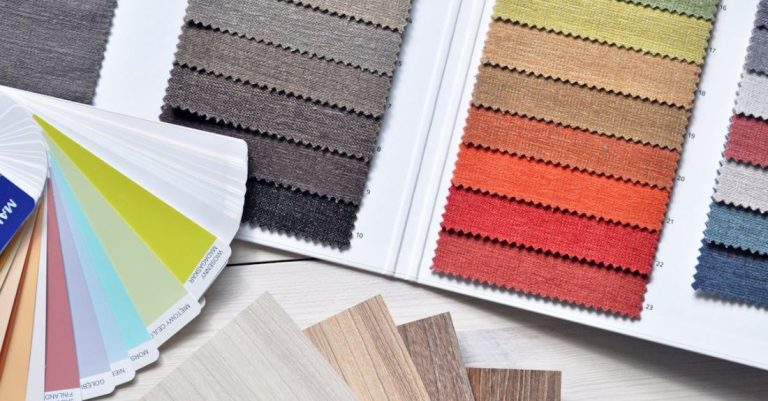
Passive solar design is an effective and sustainable way to harness the natural energy of the sun to heat and cool your home. By strategically incorporating passive solar techniques into your home’s design, you can reduce your energy bills, increase comfort levels, and decrease your environmental impact. In this article, we will explore how you can implement passive solar design in your home to maximize its benefits.
Understanding Passive Solar Design
Passive solar design utilizes the sun’s energy to heat and cool a building without the need for mechanical systems. The key components of passive solar design include orientation, insulation, thermal mass, and shading. By optimizing these elements, you can create a comfortable and energy-efficient living space.
Optimizing Orientation
The orientation of your home plays a crucial role in passive solar design. By positioning your home to take advantage of the sun’s path, you can maximize natural light and heat gain during the winter months. Ideally, the main living areas should face south to receive the most sunlight throughout the day. Windows on the southern side of the house should be large to allow for maximum solar heat gain.
Effective Insulation
Proper insulation is essential for maintaining a comfortable indoor temperature and reducing energy consumption. Insulate your walls, ceilings, and floors to prevent heat loss during the winter and keep cool air inside during the summer. High-quality insulation materials such as fiberglass, cellulose, or foam can significantly improve the energy efficiency of your home.
Harnessing Thermal Mass
Thermal mass refers to materials that can absorb, store, and release heat over time. Materials like concrete, stone, or tile have high thermal mass properties and can help regulate indoor temperatures by absorbing heat during the day and releasing it at night. Incorporating thermal mass into your home design, such as using a concrete floor or a stone feature wall, can enhance the effectiveness of passive solar heating and cooling.
Strategic Shading
While maximizing sunlight is essential for passive solar design, it is equally important to prevent overheating during the summer months. Strategic shading techniques, such as overhangs, awnings, and deciduous trees, can help block direct sunlight and reduce solar heat gain in the warmer seasons. Adjustable shading devices allow you to control the amount of sunlight entering your home, maintaining a comfortable indoor environment year-round.
Utilizing Passive Solar Technologies
In addition to architectural design strategies, you can also incorporate passive solar technologies to further enhance your home’s energy efficiency. Solar thermal panels can be used to heat water for domestic use or radiant floor heating systems. Solar air heaters can supplement your home’s heating system by capturing solar energy and circulating warm air throughout the space.
Implementing Passive Solar Design in Existing Homes
If you are looking to retrofit passive solar design principles into an existing home, there are several strategies you can employ. Adding south-facing windows, installing thermal mass elements, improving insulation, and incorporating shading devices are all effective ways to upgrade your home’s energy performance. Consult with a professional architect or energy expert to develop a customized passive solar design plan that suits your home’s specific needs.
Conclusion: Embracing Sustainable Living with Passive Solar Design
By implementing passive solar design principles in your home, you can create a more sustainable and energy-efficient living environment. From optimizing orientation and insulation to harnessing thermal mass and strategic shading, there are numerous ways to enhance your home’s performance with passive solar techniques. Whether you are building a new home or retrofitting an existing one, passive solar design offers a cost-effective and environmentally friendly solution for reducing energy consumption and increasing comfort levels. Embrace the power of the sun and transform your home into a beacon of sustainable living.





